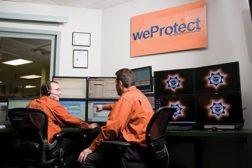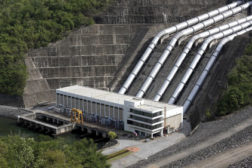Articles by Karyn Hodgson
A change in terminology can make a world of difference in selling cloud access control.
Read More
An Enterprise State of Mind
Making a profit in the enterprise access space requires a shift in focus, commitment and culture.
October 30, 2012
Camera & Lens: How to Get the Correct Match
Surveillance experts say that you cannot separate lens function from camera function — they are complementary and interdependent. Does that make the integrator’s job harder?
October 1, 2012
Asking the ‘Top 5’ Questions
Integrators and manufacturers weigh in on the five key questions integrators should be asking about visitor management systems.
August 10, 2012
The 3 Profitable ‘C’s of Wire and Cable
Cost, control and codes can make all the difference in whether wiring is a profitable or losing prospect.
July 23, 2012
A Little Bit Edgy
Integrators weigh in on the pros and cons of using edge devices for access control installations.
June 18, 2012
Many Options Lead to Layered Approach for Emergency Communications
When it comes to notifying the “masses,” more options — including two-way communication, social media, digital signage, and more — are better.
May 18, 2012
Today’s Turnstiles: Reshaped, Smarter, With New Benefits
SDM speaks with two manufacturers about trends and developments in optical turnstiles.
March 21, 2012
Heightened Access Control
Utilities take ‘rugged environments’ to another level. Manufacturers and integrators discuss access control in this critical infrastructure.
February 22, 2012
Code Compliance: A Big Deal
In the matter of a magnetic lock installation, code compliance can be a big deal if designers and installers aren’t sufficiently educated about requirements and common misinterpretations. Why all the fuss? Life safety, of course.
February 22, 2012
Be in the forefront of security intelligence when you receive SDM.
Join over 10,000+ professionals when you subscribe today.
SIGN UP TODAY!Copyright ©2025. All Rights Reserved BNP Media.
Design, CMS, Hosting & Web Development :: ePublishing










